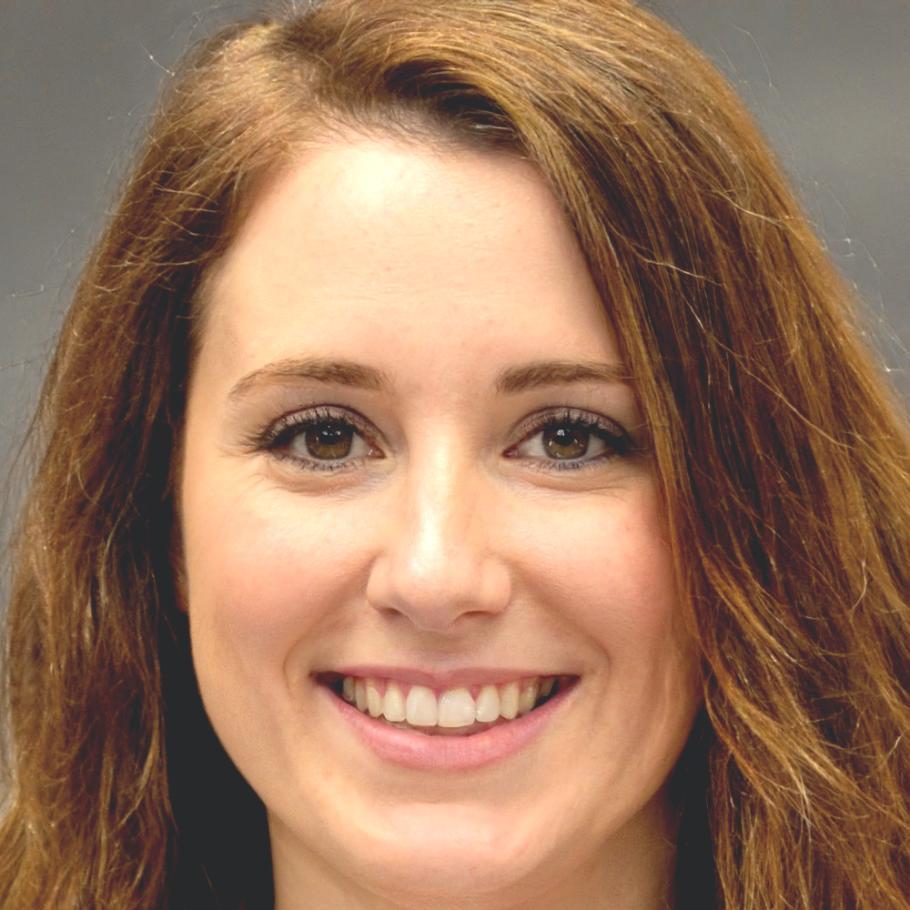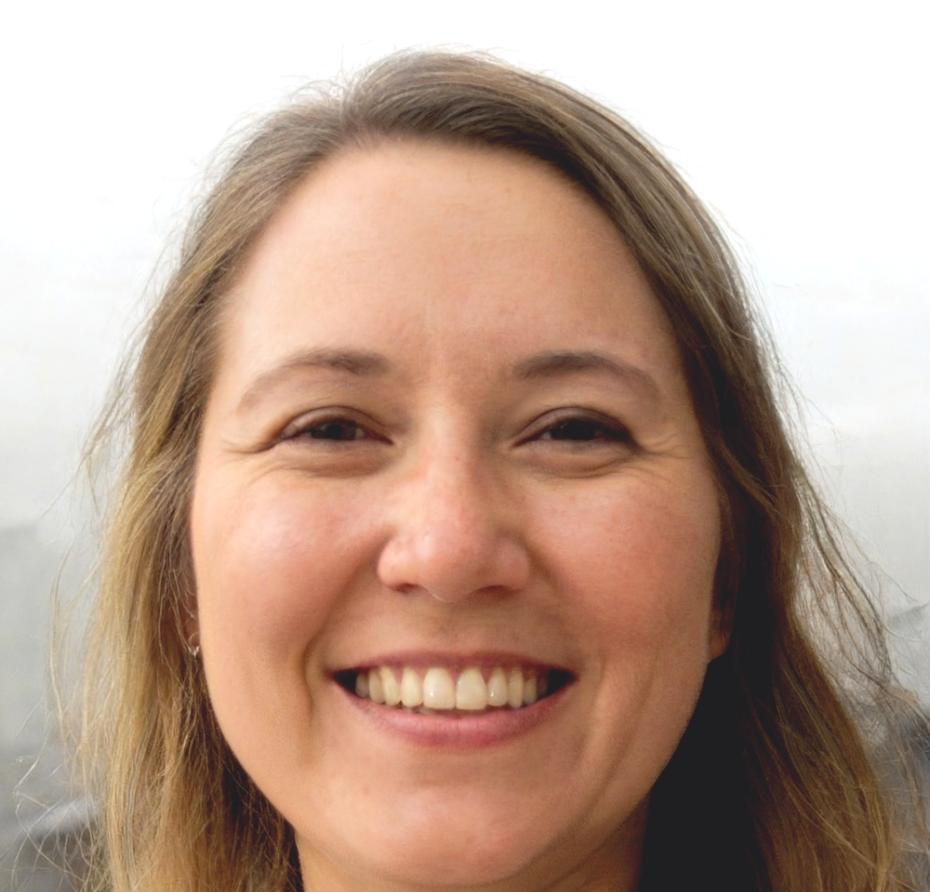
How We Got Started
Back in early 2019, Petra and I were sitting in a coffee shop in Hat Yai, comparing our failed attempts at following traditional budgeting systems. We'd both tried the envelope method, zero-based budgeting, percentage rules—you name it. Nothing stuck.
The problem wasn't discipline. It was that life doesn't happen in neat categories. Your car breaks down the same week your kid needs new school supplies. Your income fluctuates. Emergency funds get depleted and need rebuilding while regular expenses continue.
So we started mapping out what actually mattered most each month. Not what a financial book said should matter—what genuinely needed money first. That simple shift changed everything for both of us.
Within six months, we were teaching this approach to friends. By late 2019, we'd formalized it into a structured program and registered blazelinkspot. Now we work with individuals and families across Thailand who need budgeting systems designed for real life, not textbook scenarios.
Key Moments That Shaped Our Approach
Foundation & First Workshops
Started with informal sessions at community centers teaching priority-based budgeting. Twenty participants in our first session—half of them still use our methods today.
Digital Program Launch
COVID pushed us online faster than planned. Turned out to be positive—we could reach people in rural areas who couldn't attend in-person sessions. Our first virtual cohort had participants from twelve provinces.
Advanced Methodology Development
After working with over 400 families, we identified specific patterns in how people prioritize expenses under different financial pressures. This research became the foundation for our current tiered system.
Expanding Educational Reach
Launched partnerships with local organizations to provide budget literacy workshops. Our autumn 2025 program series begins in September with expanded course options.

What Makes Our Method Different
Priority Mapping Over Categories
Standard budgets force expenses into fixed categories. We teach people to rank what genuinely needs money first each cycle—and those priorities shift based on circumstances. Your budget should adapt to life, not the other way around.
Buffer Zone Planning
Most budgets assume linear spending. Reality involves irregular expenses that cluster unpredictably. We build deliberate buffer zones that absorb shocks without derailing your entire financial plan for the month.
Decision Frameworks For Variable Income
If your income isn't consistent, percentage-based budgets fall apart. We developed decision trees that work whether you're earning 15,000 or 45,000 baht in a given month—you know exactly what gets funded at each income level.
Recovery Protocols
Everyone goes off track. The difference between people who succeed and those who don't isn't perfection—it's having a clear process for getting back on course. We teach specific recovery steps, not just initial setup.
Who We Are

Petra Lindstrom
I spent eight years in corporate finance before realizing that most people don't need complex investment strategies—they need help figuring out how to allocate limited money across competing priorities. That realization led me to retrain in financial education and eventually co-found blazelinkspot. I design our core curriculum and lead our advanced workshops.

Naomi Winters
My background is in adult education, and I became interested in financial literacy after volunteering with community organizations. I saw how many people felt ashamed about money struggles that were actually normal. At blazelinkspot, I develop our teaching methods and oversee program delivery. I believe financial education should be accessible and judgment-free.

